Inside the multi-billion-dollar banana industry and why it's under threat
Why you could soon be paying more for the world's most popular fruit
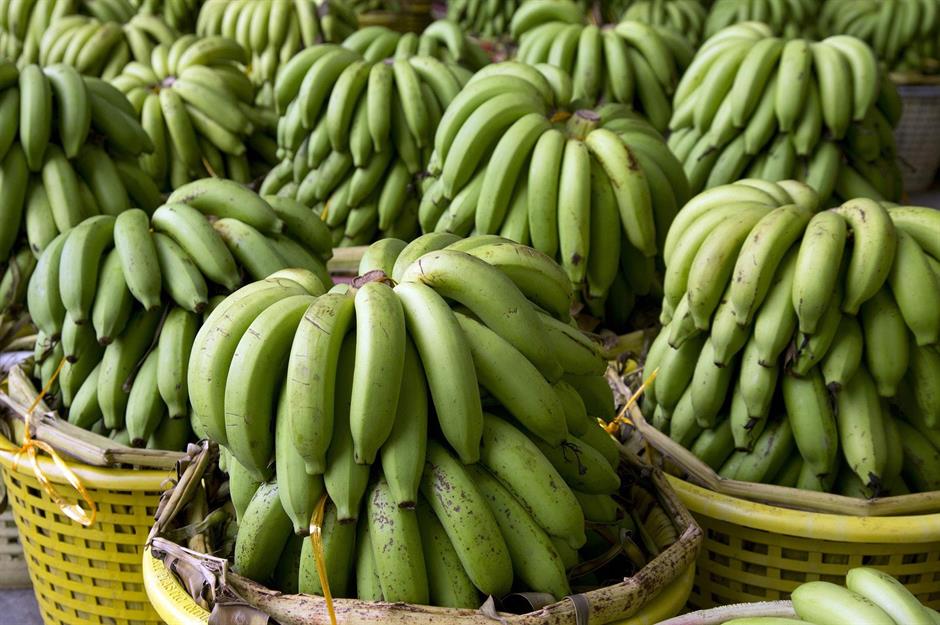
Delicious, nutritious, and budget-friendly to boot, the humble banana is the world's favourite fruit. Estimates suggest that around 100 billion bananas are consumed each year, with the global industry worth many billions of dollars as a result.
But the future of the beloved fruit could be in jeopardy, with disease and climate change putting the most widely-grown variety at serious risk.
Read on to get an overview of the global banana market, unpeel the history of the humble fruit, and discover what scientists are doing to prevent the potential extinction of the much-loved staple.
All dollar amounts in US dollars.
There are over 1,000 banana varieties, but one cultivar rules them all
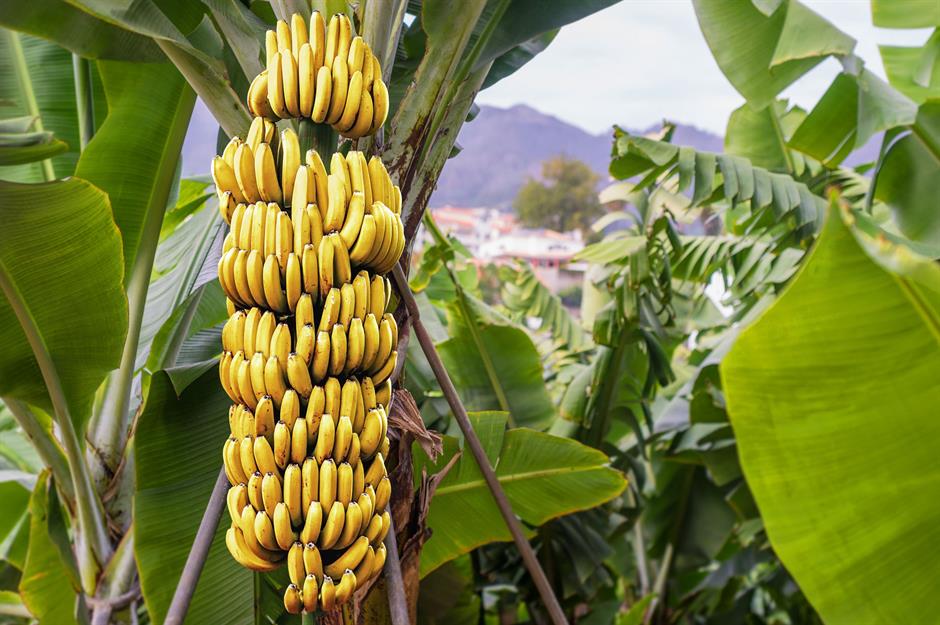
The planet is blessed with over 1,000 varieties of banana, although one cultivar (variety) dominates: the Cavendish.
The Cavendish was brought to the UK from Mauritius in 1830 as a gift for William Cavendish, the 6th Duke of Devonshire, who it was named after. The variety now accounts for around half of the world's global production and makes up almost the entirety of exports.
How many bananas are consumed annually?
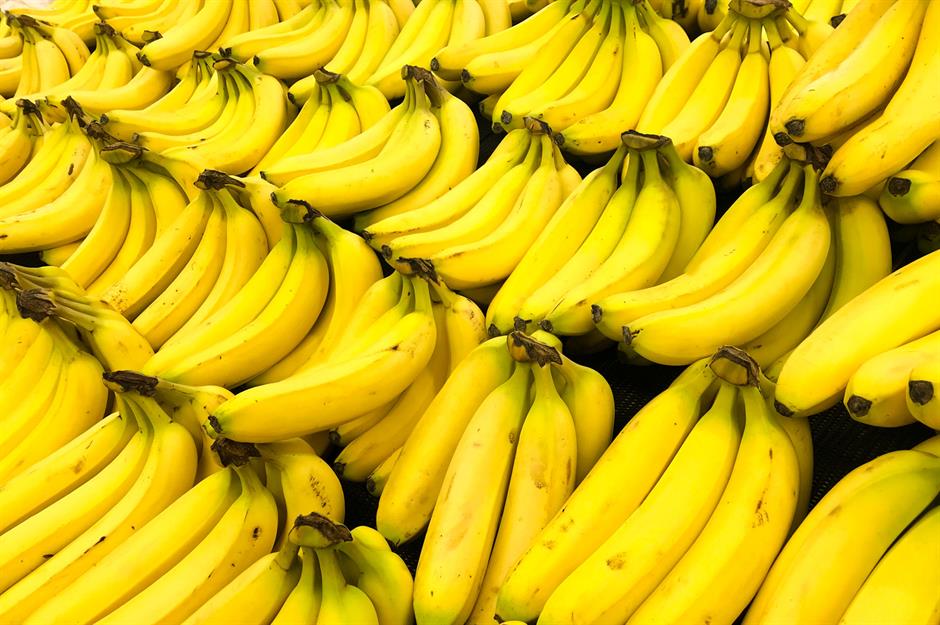
The world has gone bananas for the banana. It's the planet's most popular fruit and fourth largest crop after rice, wheat, and maize.
According to a much-cited figure, more than 100 billion bananas are consumed annually. However, based on global production data this number appears to be a massive understatement.
The yearly global production of bananas comes in at around 135 million metric tons. Given that a metric ton of bananas typically consists of 9,000 bananas, this translates to well over a trillion produced per annum.
The global banana market is worth an estimated $140.84 billion (£110bn)
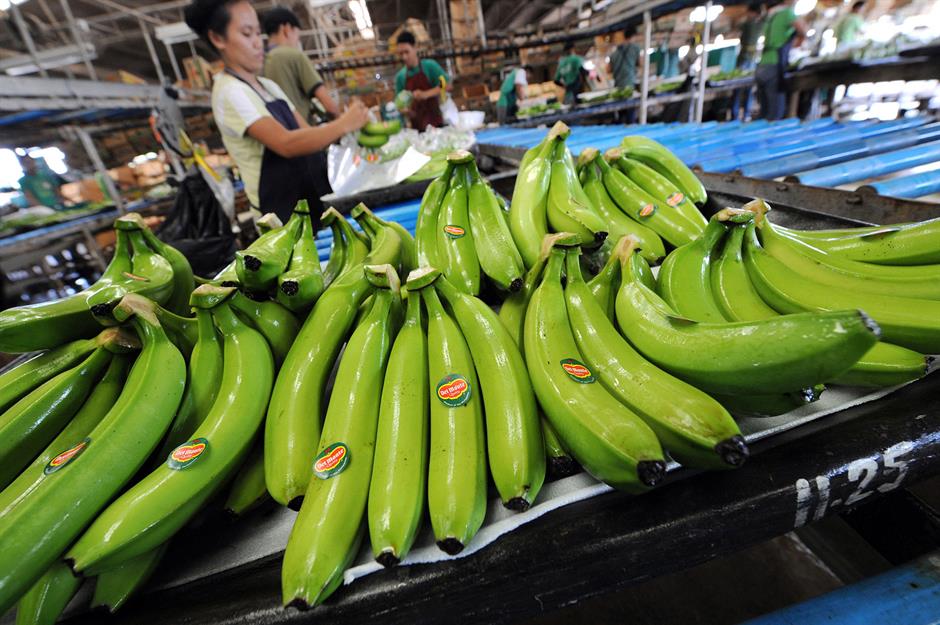
Bananas may be super cheap to buy but the global market for the fruit is estimated to be worth $140.84 billion (£110bn) in 2024, according to Mordor Intelligence.
The majority of the crop is consumed where it's grown. Nonetheless, the global banana export market is still considerable, with global trade in 2022 valued at between $12 billion (£9bn) and $13.5 billion (£11bn).
Who is the world's leading banana producer?
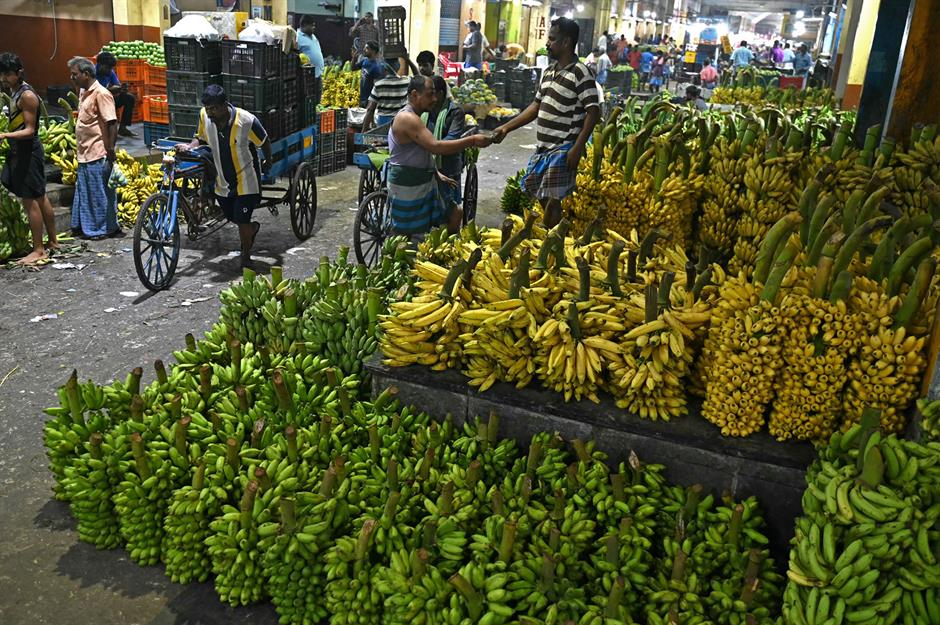
While the fruit is grown in more than 150 nations, India is undeniably "top banana" when it comes to output. As per the latest data, the country produces around 35.36 million metric tons of the fruit per year, making it the world's leading producer by a wide margin.
In 2023, India exported just 1% of its crop. The nation is estimated to grow around 670 varieties of banana, from the ubiquitous Cavendish to the Poovan, Yelakki, and Nendran. In terms of states, Andhra Pradesh, Maharashtra, Gujarat, Karnataka, and Tamil Nadu account for more than 65% of the nation's output.
Who are the other top banana producers?
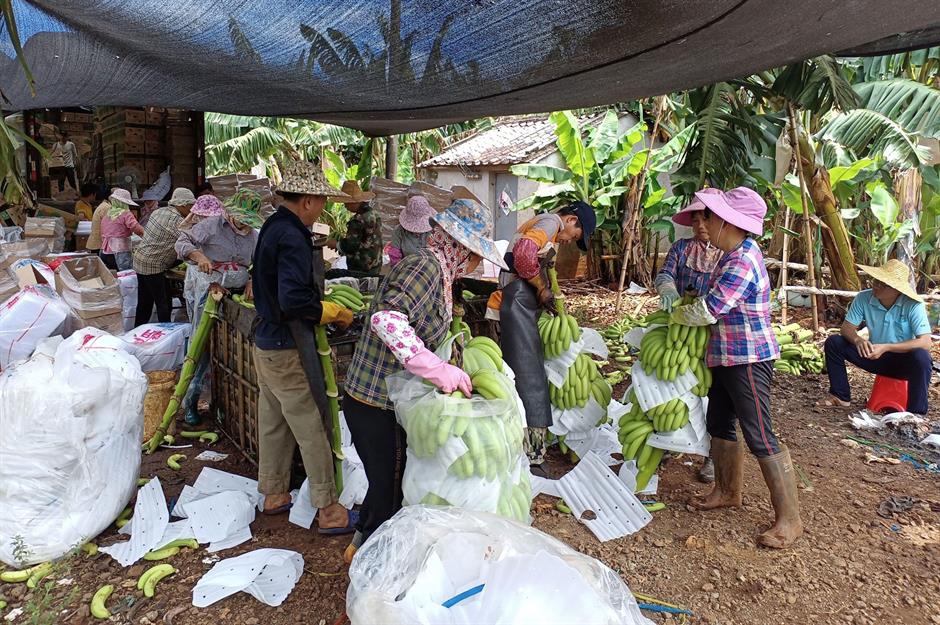
India produces almost three times more bananas than China, which is the global number two. According to World Population Review, the People's Republic harvests 12 million metric tons per year, followed by Indonesia with 7.3 million metric tons.
The other major producers in the global top five are Brazil (6.8 million metric tons), Ecuador (6.6 million metric tons), and the Philippines (6 million metric tons).
Which countries are the leading exporters?
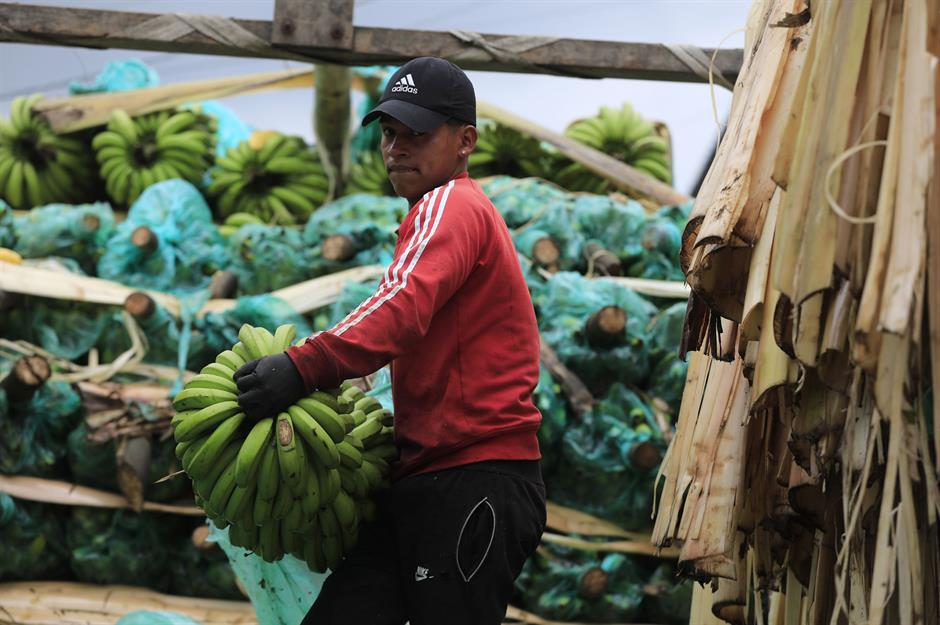
As we've mentioned, India keeps almost all of its bananas for domestic consumption, as do China, Indonesia, and Brazil.
The leading exporter by value is actually Ecuador, with the South American nation shipping $3.5 billion (£3bn) worth of bananas in 2022. The Philippines is next with $1.1 billion (£859m), followed by Guatemala, which sees almost all its $1.07 billion (£836m) worth of exported bananas end up in the US.
The US has been the world's leading banana importer since 1961
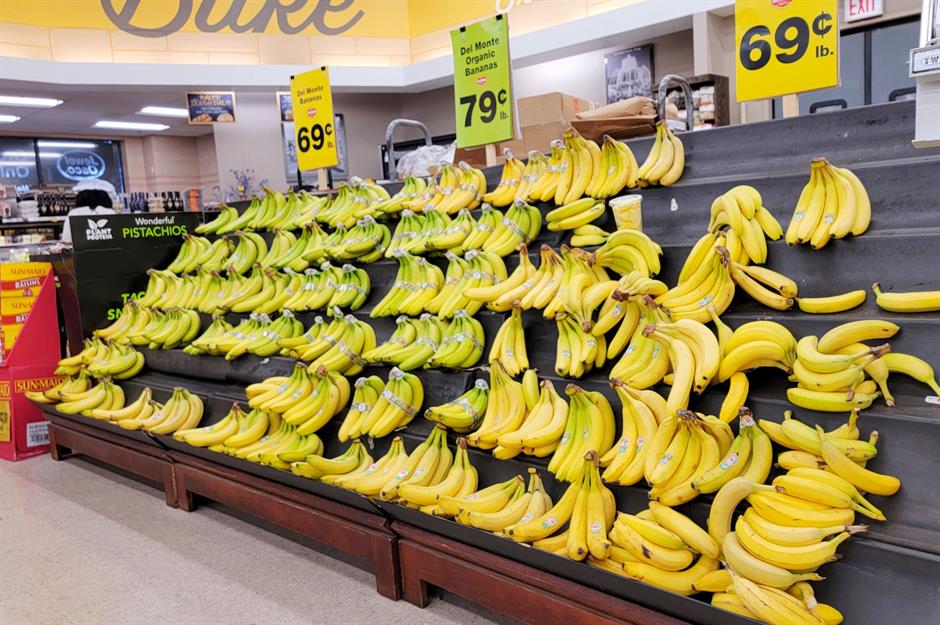
In fact, Guatemala supplies America with more bananas than any other country. Other major suppliers to the US market include Ecuador, Costa Rica, and Honduras.
The US has led the world in banana imports since 1961. According to the most recent data, America shipped in $2.9 billion (£2.3bn) worth of the fruit in 2022 alone.
What other countries import the most bananas?
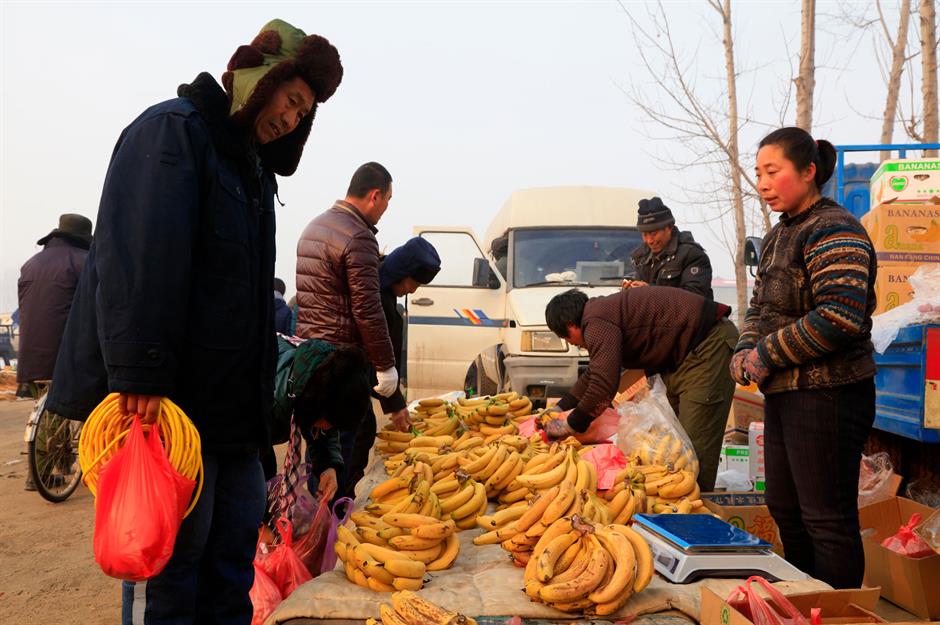
China is the second most significant importer, shipping in $1.2 billion (£938m) worth of bananas in 2022. The country gets most of its supply from the Philippines, Vietnam, and Cambodia.
Germany is next, at $965 million (£754m), followed by Japan ($898m/£702m) and Russia ($781m/£610m – though this figure has likely dropped considerably due to sanctions imposed as a result of the war in Ukraine).
Other major importers rounding out the top 10 include the Netherlands, France, Belgium, the UK, and Italy.
Which countries rely the most on banana exports?
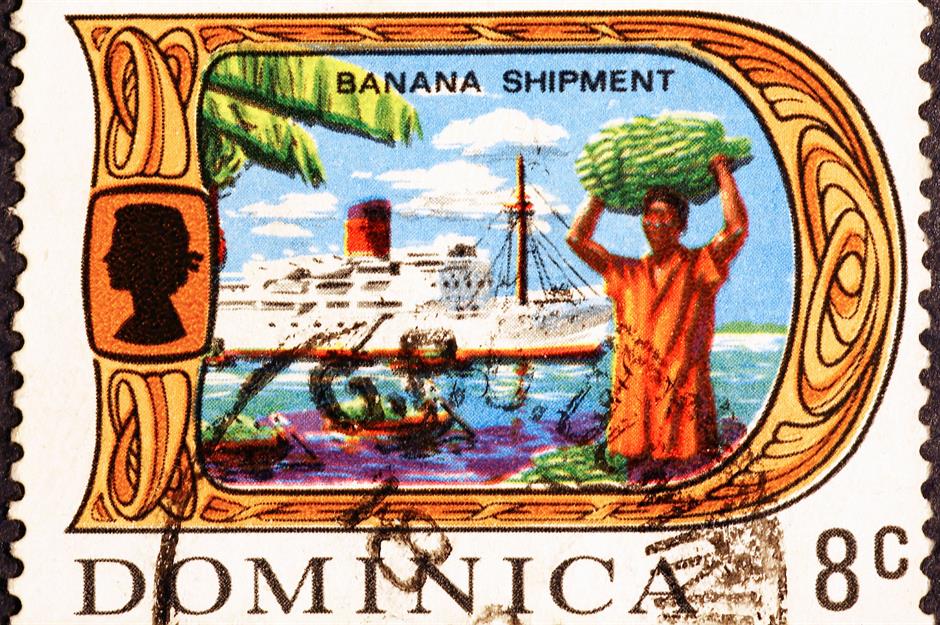
While the leading banana exporter by value is Ecuador, the country's shipments of the fruit account for a relatively modest 9% of its export earnings.
The Windward Islands of the Caribbean – Grenada, St Vincent and the Grenadines, St Lucia, and Dominica – rely the most on banana exports. According to the Fairtrade Foundation, these nations traditionally earn around one-fifth of their export earnings from the commodity.
Which countries consume the most bananas per capita?
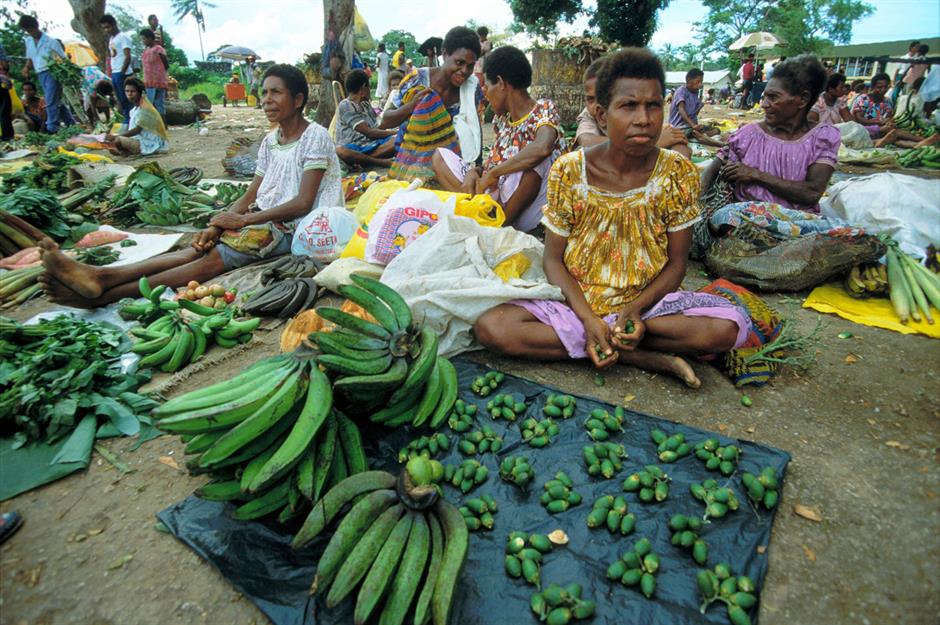
In 2021, Papua New Guinea ranked number one in the world for banana consumption by capita at 117 kilos. (It's worth noting that some sources, such as World Population Review, peg Uganda as the global leader in 2023).
As per the 2021 data, Rwanda is next, followed by Comoros, Laos, Burundi, Guatemala, and Peru. Countries that consume the smallest quantities of bananas per capita include Turkmenistan and North Korea.
In what countries does the banana serve as a staple food?
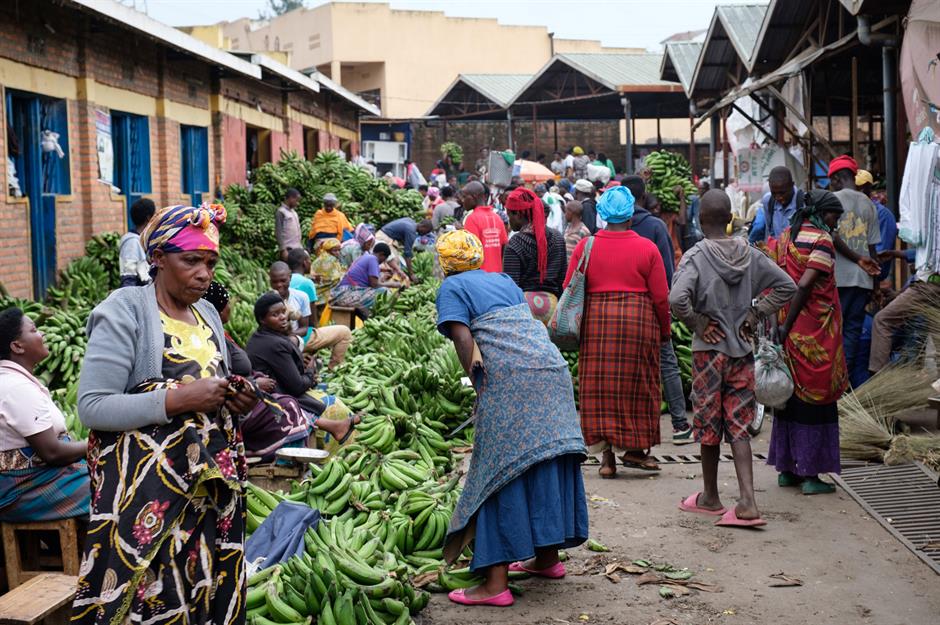
While bananas are hugely popular in numerous nations, they don't form an essential part of the diet in the majority. However, the fruit is a staple food in some countries.
According to Bayer, Rwandans typically derive a substantial 17.2% of their daily calories from bananas, followed by Laotians at just under 11%, Samoans at 6.8%, and the people of Kiribati at 4.9%.
Which country imports the most bananas per capita?
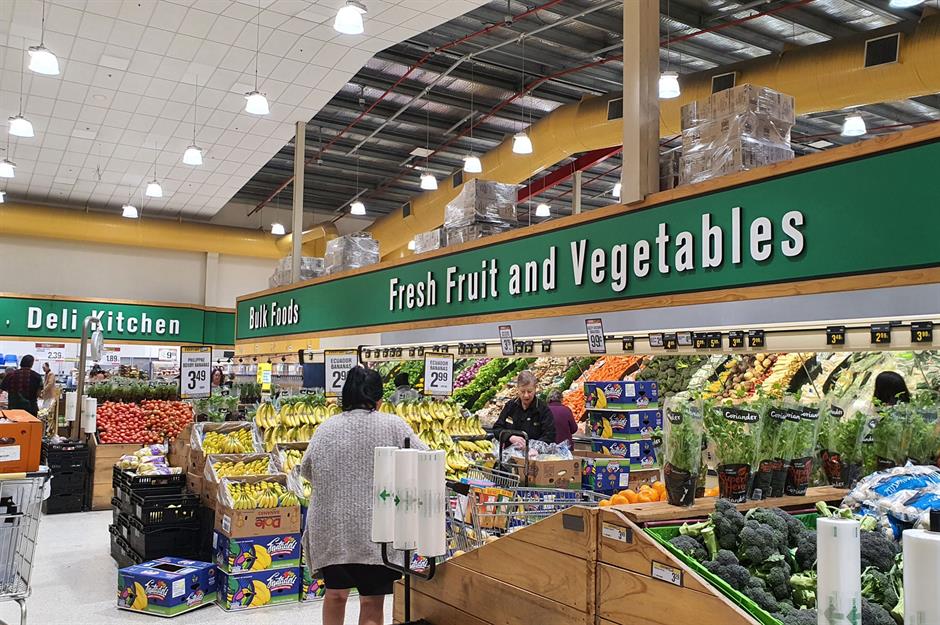
While Kiwis may share their nickname with another fruit, it's actually the banana that reigns supreme in Aotearoa.
According to the UN Food and Agriculture Organisation, New Zealand ships in more bananas per capita than any other developed country, with the bulk of its supply – around 69% – coming from Ecuador.
During a typical year, the average NZ household munches its way through around $80 (£63) of bananas.
Which countries are the fastest-growing banana importers?
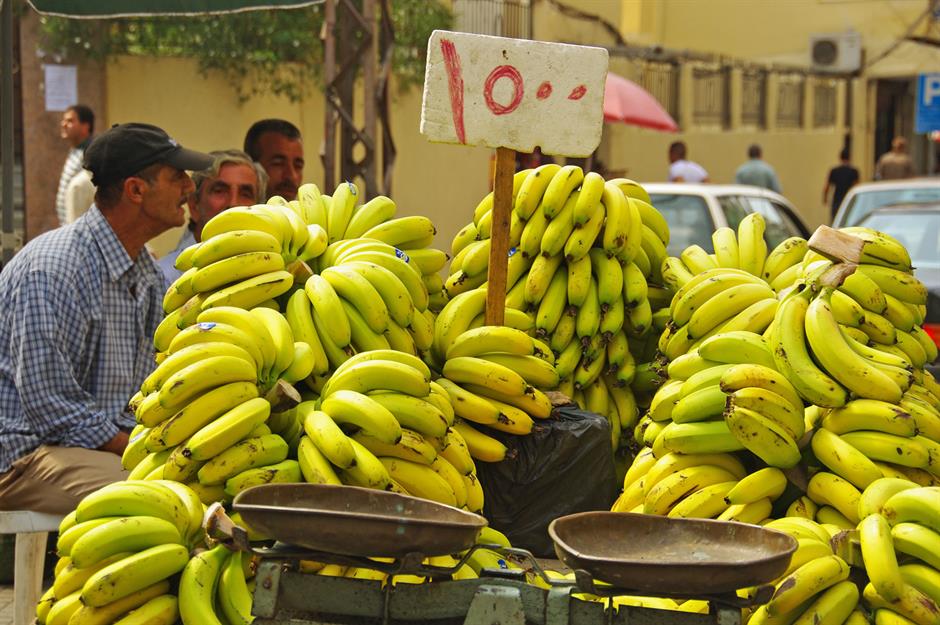
Bananas are growing in popularity in a number of countries.
According to World's Top Exports, the three fastest-growing banana importers are Lebanon (up 168.9% in 2022 from 2021), Colombia (up 165.8%), and Costa Rica (up 100.6%).
South Korea has the world's most expensive bananas
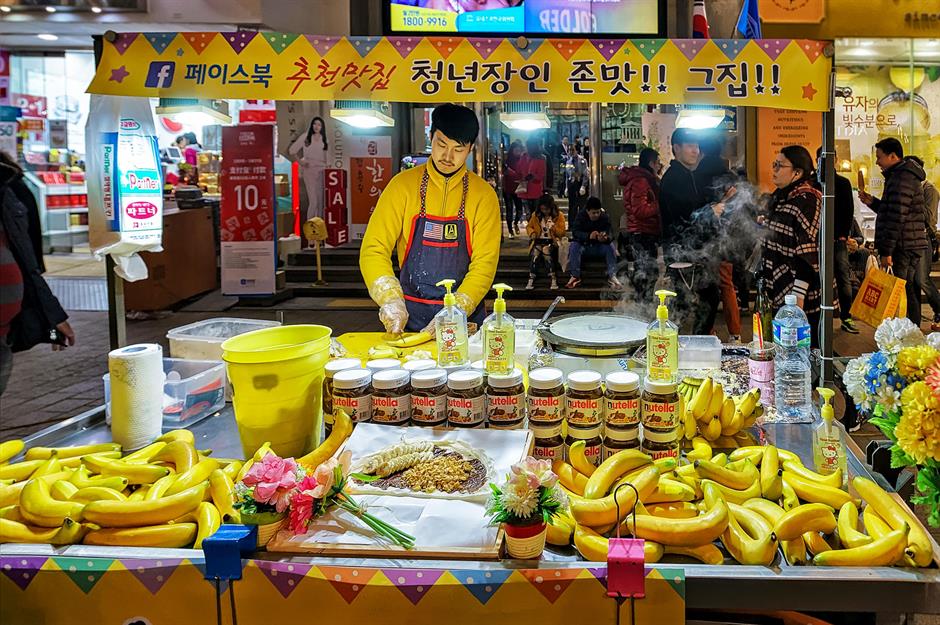
The people of South Korea pay the highest prices in the world for imported fruit, so it comes as no surprise that retail banana prices in the country are the steepest in the world.
According to Numbeo, a kilo of bananas is priced at $3.50 (£2.70) on average in South Korea. Singapore is the second most expensive country in which to buy the fruit, with a kilo in the city-state typically costing $3.13 (£2.45).
Denmark is Europe's costliest country for the fruit – a kilo there costs an average of $3.07 (£2.40). By way of comparison, the typical US price per kilo is just $1.68 (£1.31), while Brits pay only $1.45 (£1.13) on average.
The banana is regarded by some scientists as the world's first fruit
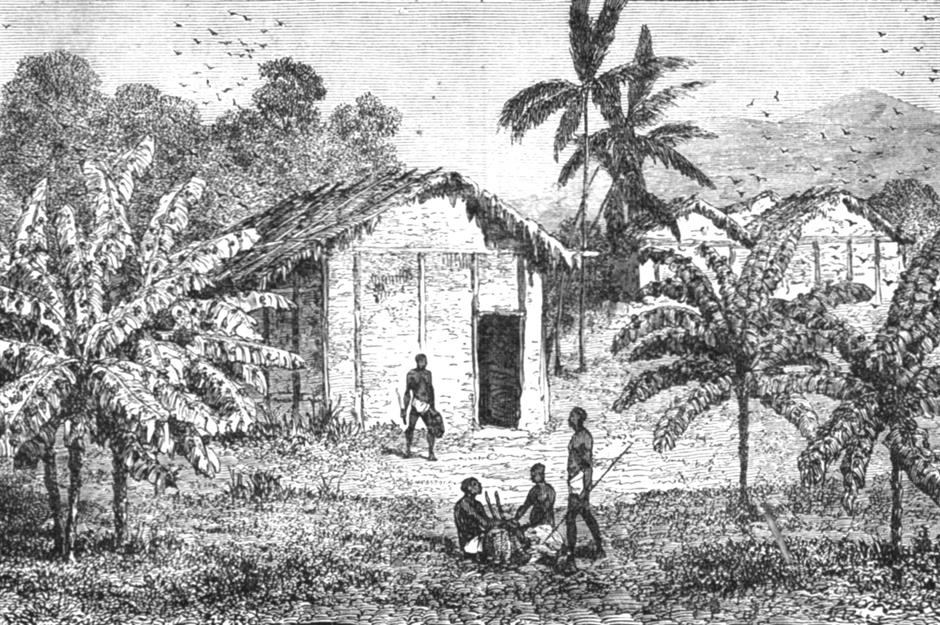
The banana is thought to have originated some 10,000 years ago and some scientists consider it to be the world's first fruit.
It's believed the banana was first domesticated in Southeast Asia, specifically the region that comprises the Malaya Peninsula and modern-day Indonesia, the Philippines, and Papua New Guinea. The fruit was then taken by traders and travellers to India, Africa, and Polynesia.
Alexander the Great introduced the banana to Europe
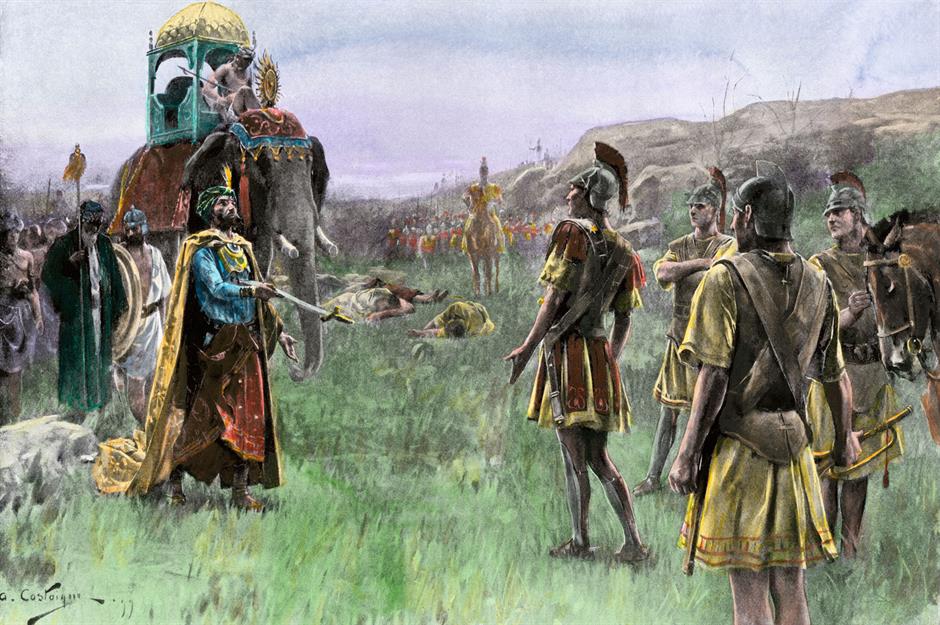
There are references to the fruit in Buddhist scriptures dating from 600 BC, as well as in early Greek, Latin, and Arab writings.
Alexander the Great is credited with introducing the banana to Europe in the fourth century BC after encountering it during his invasion of India. By 200 BC, the fruit had arrived in China.
Early bananas were packed with big seeds
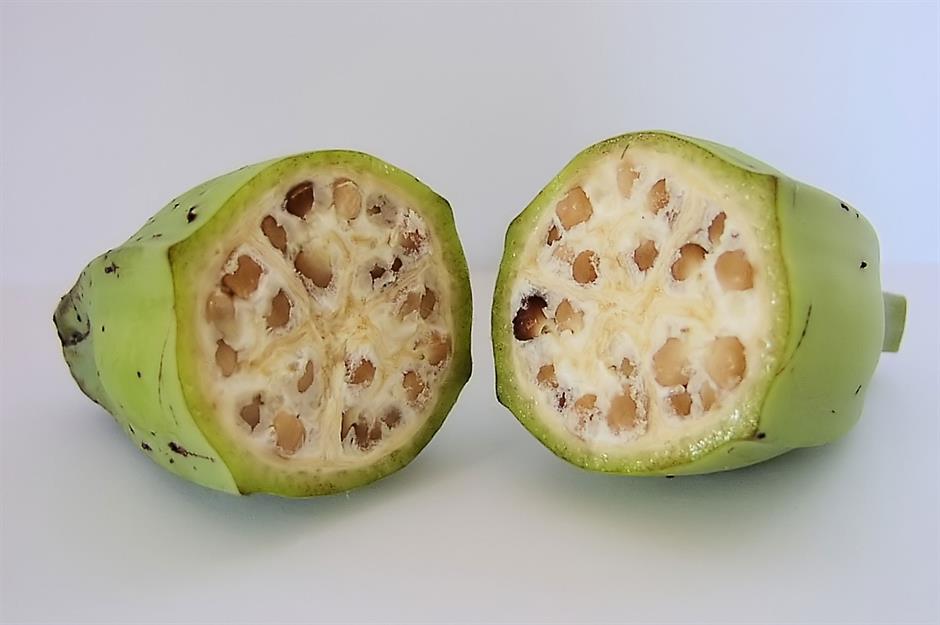
The original bananas were nothing like the fruit we know and love today.
The earliest types of the fruit were full of large seeds and had relatively little pulp. From around 650 AD, cross-breeding in Africa of two wild varieties, Musa Acuminata and Musa Baalbisiana, produced a seedless cultivar that more closely resembles the modern-day varieties.
How the banana got its name
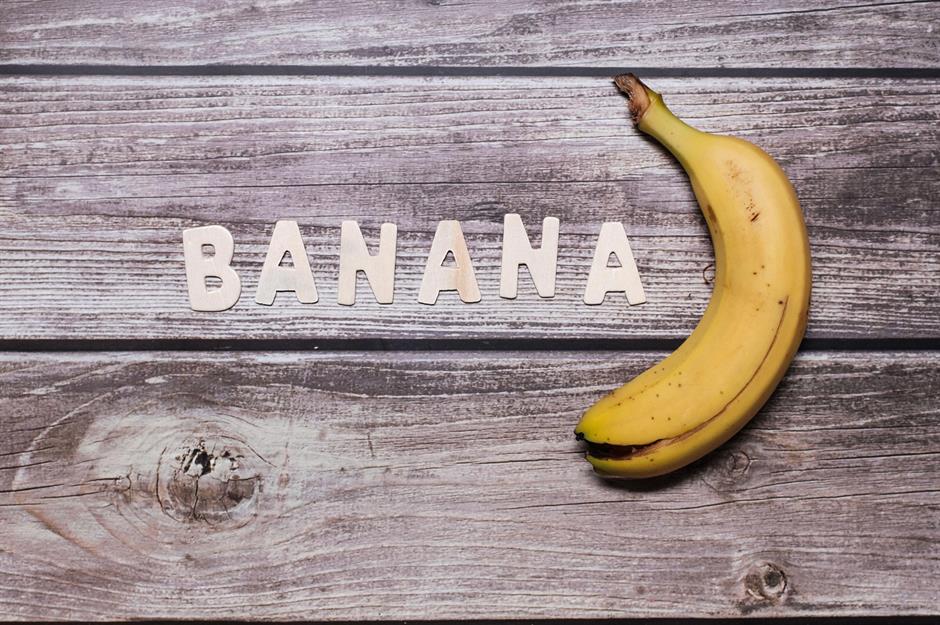
The English word "banana" first appeared in the 1590s and the term is a copy of the identical Spanish and Portuguese word. The name is thought to have originated from Wolof, a language of West Africa.
An alternative theory is that the word comes from "banan", the Arabic word for "finger", and was coined by Arabic slave traders. Indeed, early cultivars were much smaller than their modern-day incarnations, coming in at around the size of an adult finger...
The world's first banana plantations
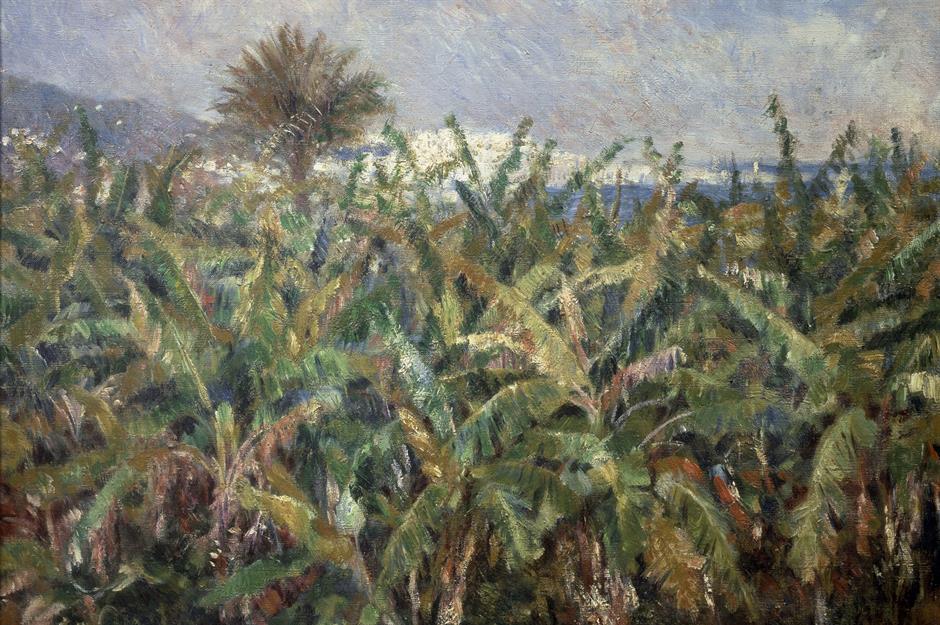
Portuguese sailors established the world's first banana plantations in the Canary Islands during the 15th century. Interestingly, in Spain, bananas from the islands are called "plátanos", while those from the rest of the world are referred to as "bananas".
"Plátano" is said to derive from the Carib word for "banana", altered by the Spanish name for the plane tree. It's also the origin name of plantain, a type of starchy banana that's often used in cooking.
The banana arrives in the New World
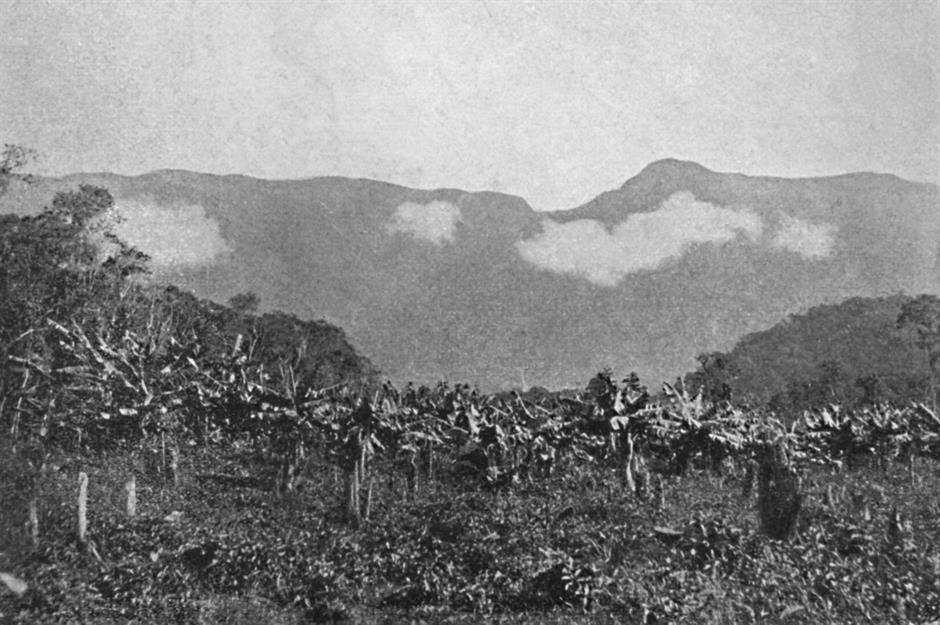
The banana arrived in the Americas in the 16th century, landing first in Hispaniola before spreading to other Caribbean islands and the mainland. The fruit was initially used as an intercropping plant, as well as a low-cost, high-calorie food for enslaved plantation workers.
The export market was developed in the 19th century and the banana was introduced to the US market in 1876.
The coining of the term "banana republic"
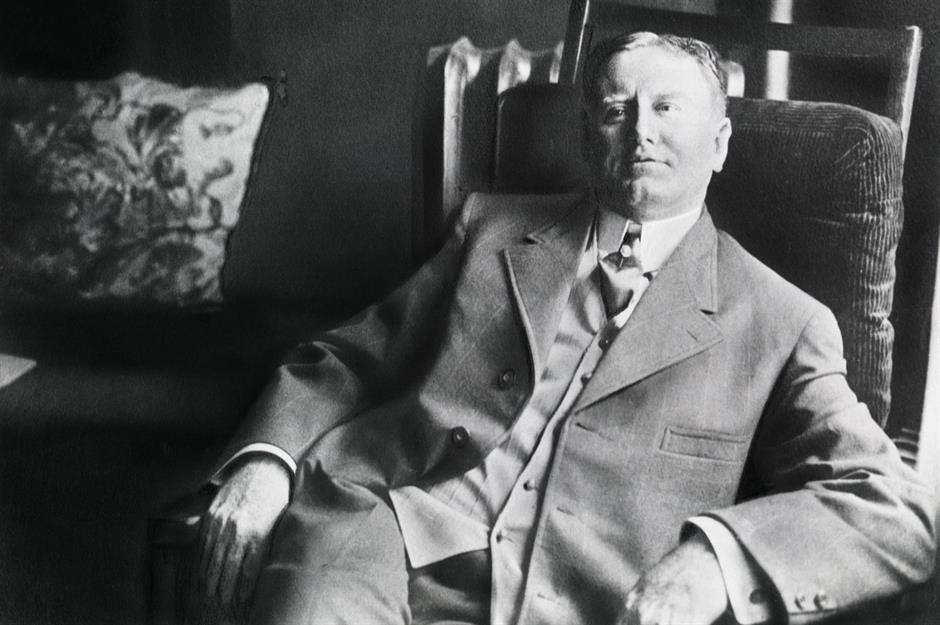
The term "banana republic" was coined in 1901 by American writer O. Henry. It first appeared in print in his 1904 book Cabbages and Kings, where it referred to a fictional country that was based on Honduras.
It went on to become a derogatory term to describe a country that is dependent on a single export commodity and characterised by exploitation by foreign corporations, authoritarian government, and endemic corruption as a result.
The demise of the Gros Michel cultivar and the rise of the Cavendish
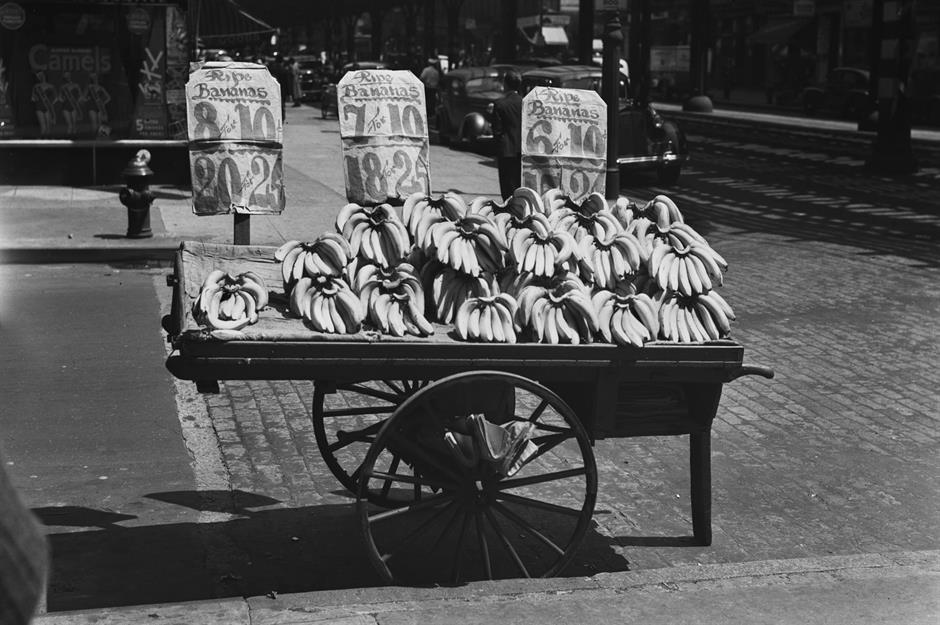
During the early part of 20th century, the banana became a ubiquitous fruit. Until the 1950s, the Gros Michel cultivar – also referred to as "Big Mike" – dominated global trade. Bigger and far more flavourful than the Cavendish, it's still fondly missed by older generations.
During the middle part of the century, however, the variety was all but wiped out by the fungal Panama disease. The blander Cavendish, which was immune to the earlier strain of the fungus, took its place as the leading cultivar. That said, it could soon go the way of Big Mike...
The problem with the Cavendish cultivar
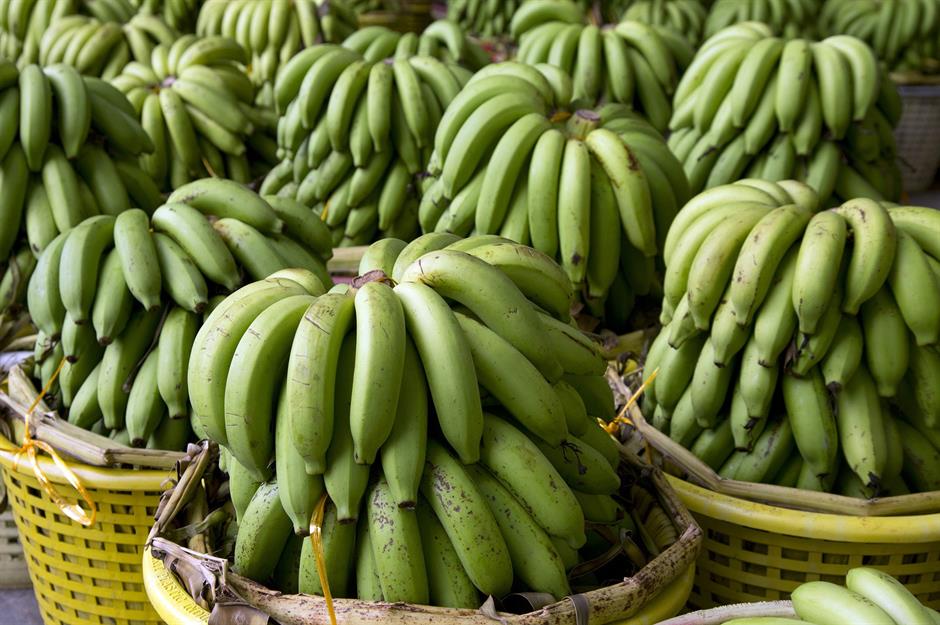
While smaller and perhaps less tasty than the Gros Michel, the Cavendish has the advantage of being extremely hardy and especially high-yielding. Another bonus? It ripens very slowly compared to other banana varieties, making it perfect for export.
However, the cultivar is still vulnerable due to its lack of genetic diversity. All Cavendish bananas are clones, making each one genetically identical. Because it doesn't reproduce, there's no chance of it developing disease-resistant genes, making the variety particularly susceptible to novel pathogens. If one Cavendish banana falls prey to a pathogen, the entire global crop could succumb.
The TR4 strain of Panama disease is spreading
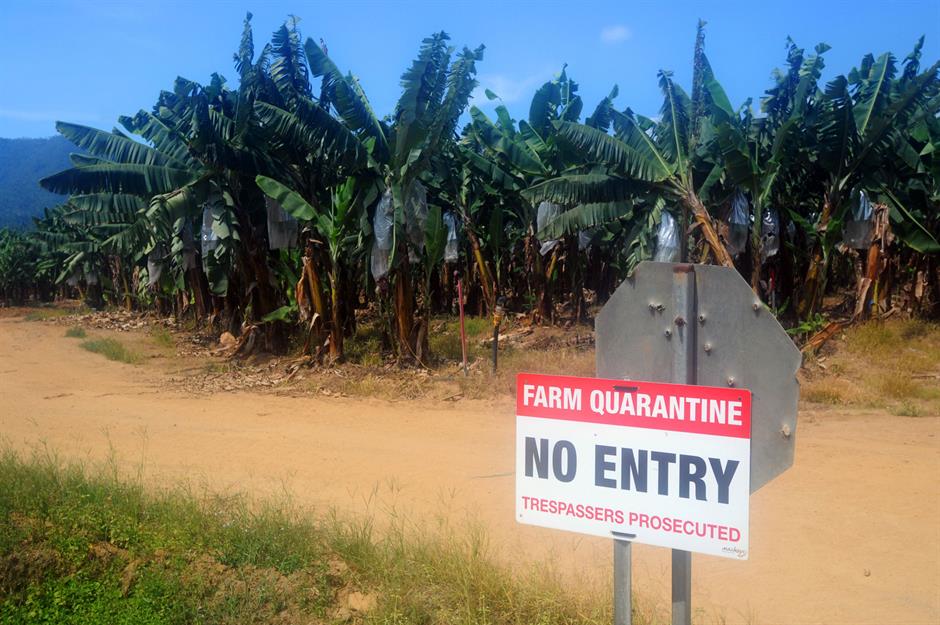
In 1997, a new strain of Panama disease emerged in Australia that the Cavendish had no resistance to. Since described as the banana equivalent of COVID-19, the TR4 strain has spread to India, China, the Middle East, and Africa and was discovered in South America in 2019, prompting a state of emergency in Colombia.
Though TR4 isn't as virulent as the strain that decimated the Gros Michel, it nevertheless presents an existential threat to the Cavendish.
Climate change is also putting the global banana industry at risk
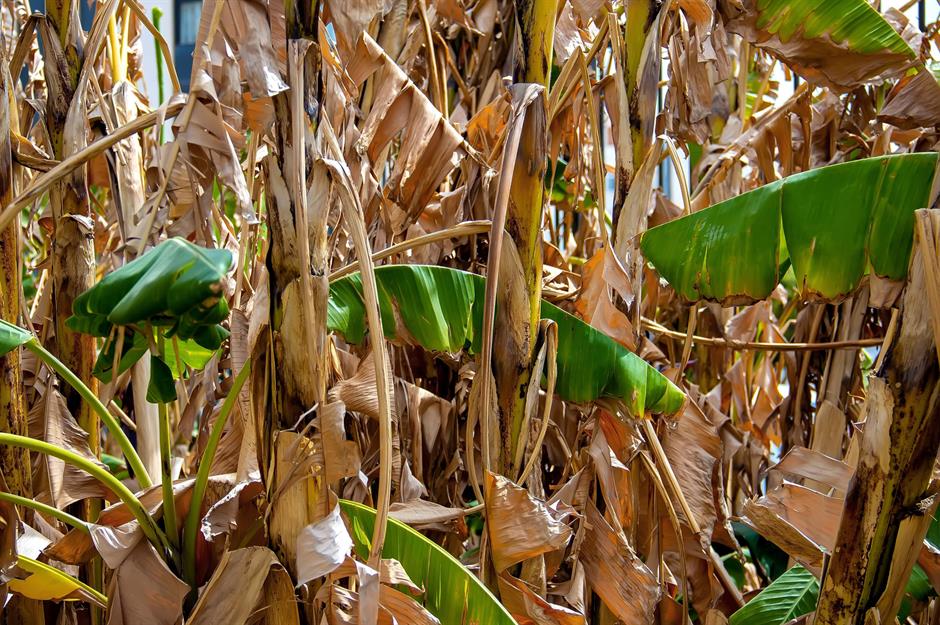
In addition to the risk of disease, bananas – including the Cavendish variety and others – are also becoming increasingly threatened by climate change. Bananas are vulnerable to rising temperatures, while an ever-warming world is also making it easier for the TR4 strain to spread.
Moreover, the surging cost of fertilisers, energy, and shipping, along with a shortage of workers, are all adding up to create the perfect storm. The days of the budget banana appear to be numbered and it's likely that we can all expect to pay significantly more for the fruit in the future.
Banana prices remain steady and inflation-proof... for now
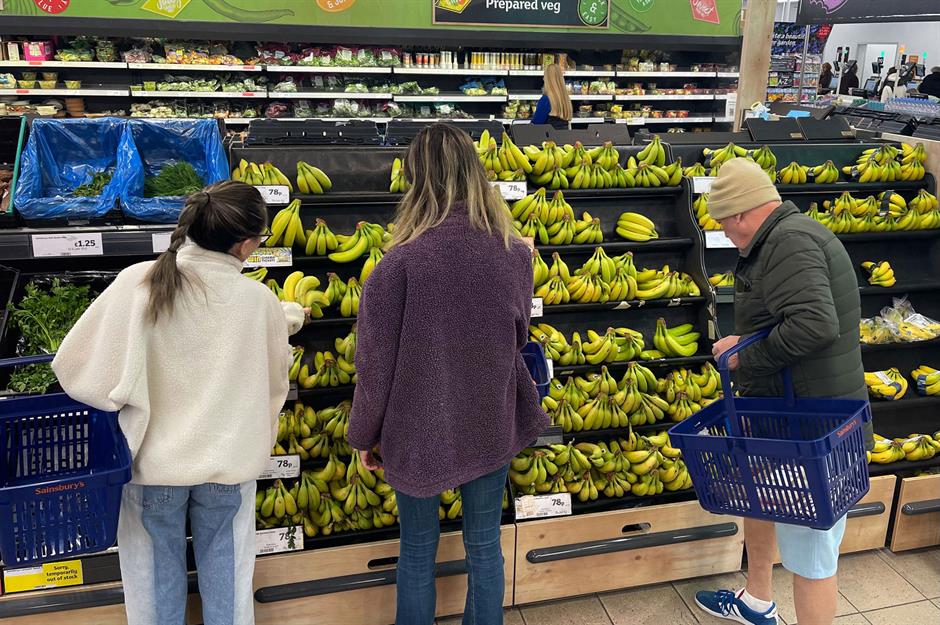
To date, banana prices have remained stable and the fruit is notable for defying inflation. Analysts have put this down to a number of factors, including the efficiency of the global supply chain, abundant supply, and low labour costs.
Yet the World Banana Forum has warned that the global industry is in jeopardy as a consequence of climate change, and costs will inevitably rise as the sector becomes unable to buffer its effects.
No perfect alternative to the Cavendish exists at present
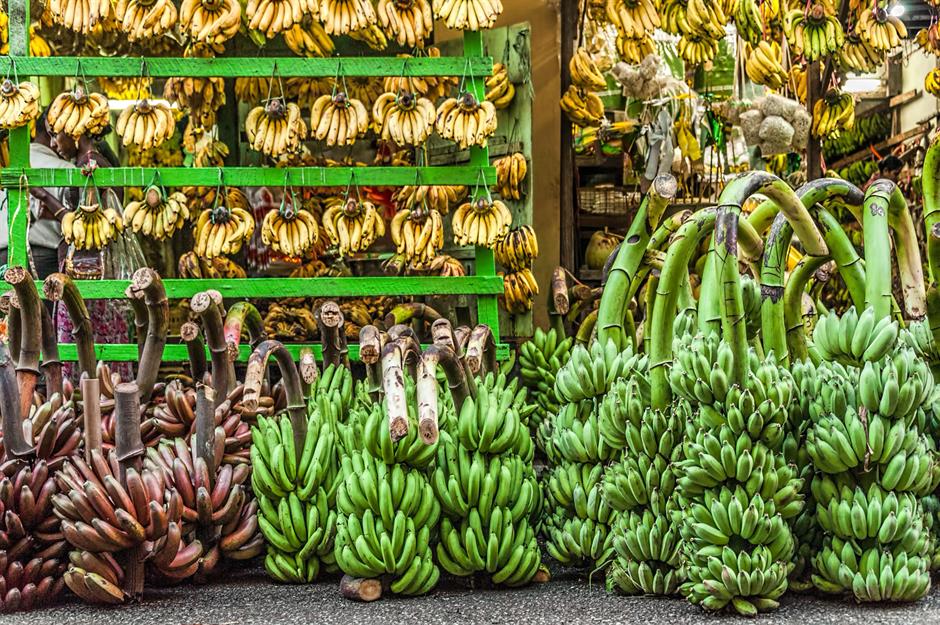
While there are plenty of alternatives to the Cavendish, a cultivar that shares all its key attributes – including its appearance and taste, high yield, and comparatively slow ripening time – simply doesn't exist at the moment.
To quote a blog post shared on the Kew Royal Botanic Gardens's website in 2020, "Unlike in the 1950s [when the Gros Michel was wiped out], this time there's no replacement banana waiting in the wings to save the day."
What are scientists doing to save the global banana industry?
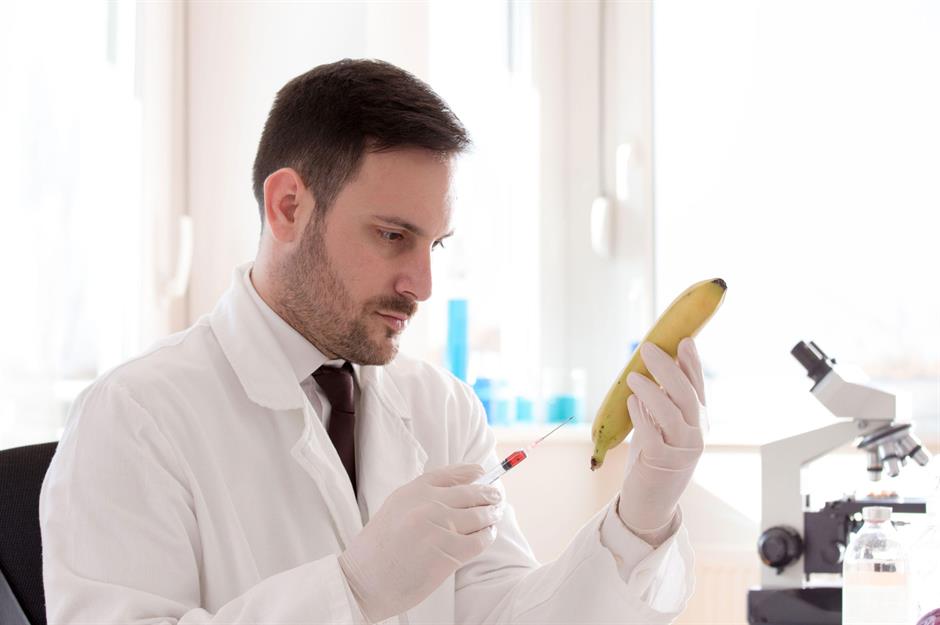
Scientists have been pulling out all the stops in a bid to save the global banana industry.
Efforts include genetically modifying the fruit to make it more disease-resistant and less vulnerable to rising temperatures, as well as a new grafting technique developed by the University of Cambridge to boost the plant's resilience.
The race against time to save the banana
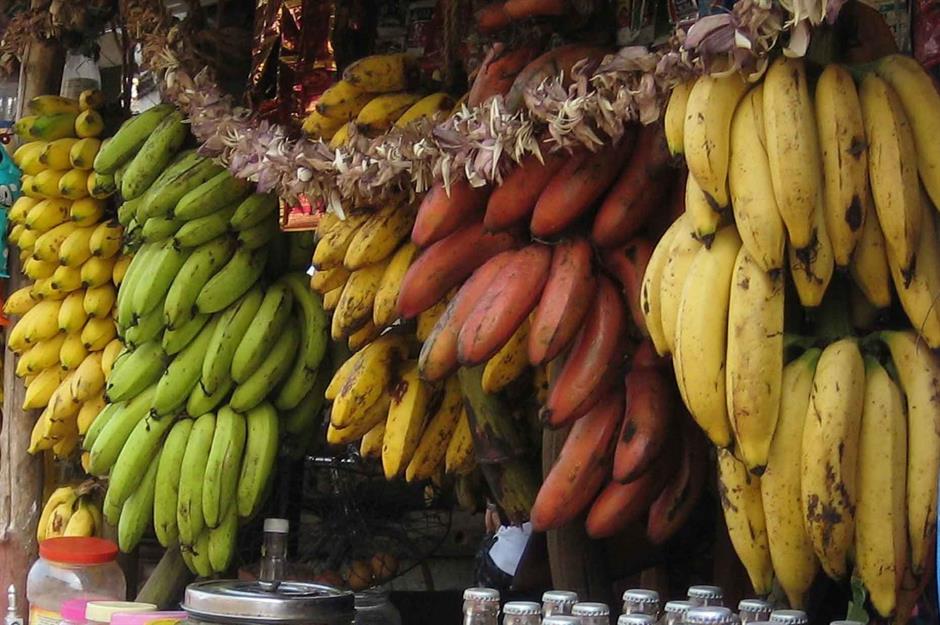
Experts are also championing a move away from monoculture, calling for farmers to grow a multitude of varieties rather than focusing on just one.
But the world's agro-boffins are in a race against time and there's no guarantee their efforts will have the desired effect. We may just have to resign ourselves to the prospect that the banana, which has been so affordable for so long, may become a more expensive snack in the not-so-distant future.
From beans to billions: discover the most astonishing statistics about the global chocolate industry
Comments
Be the first to comment
Do you want to comment on this article? You need to be signed in for this feature
Most Popular
Features How Michael Jackson's children boost their bank balances